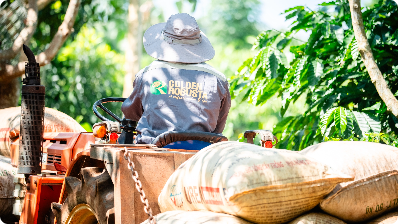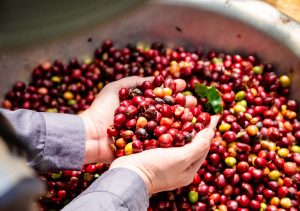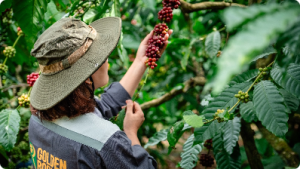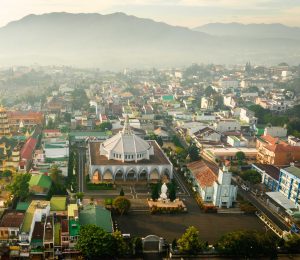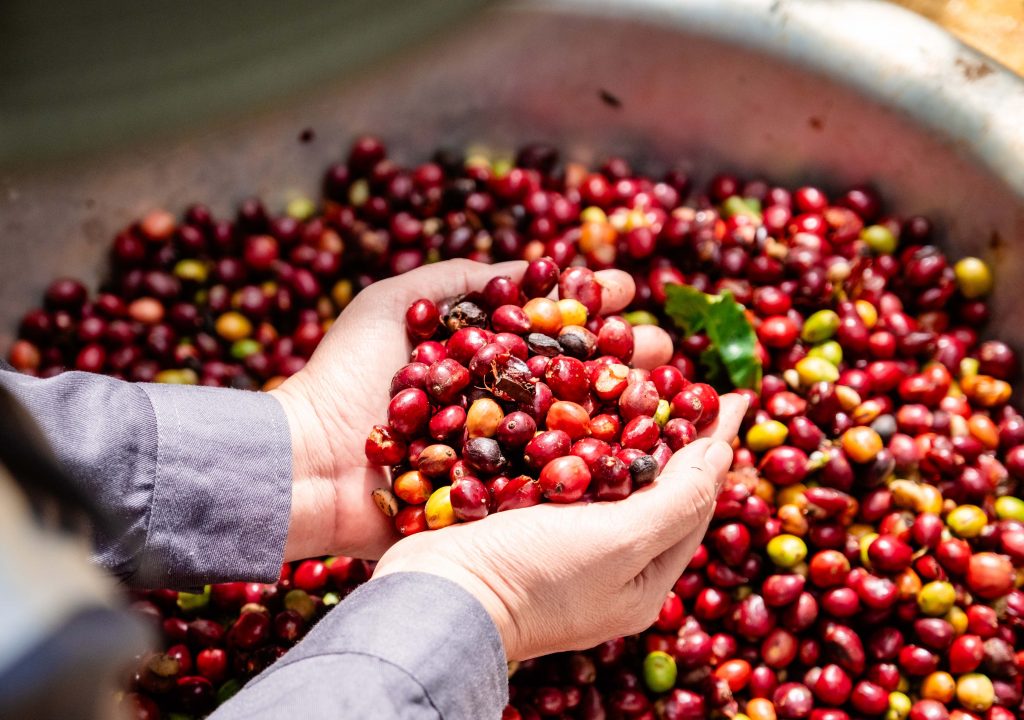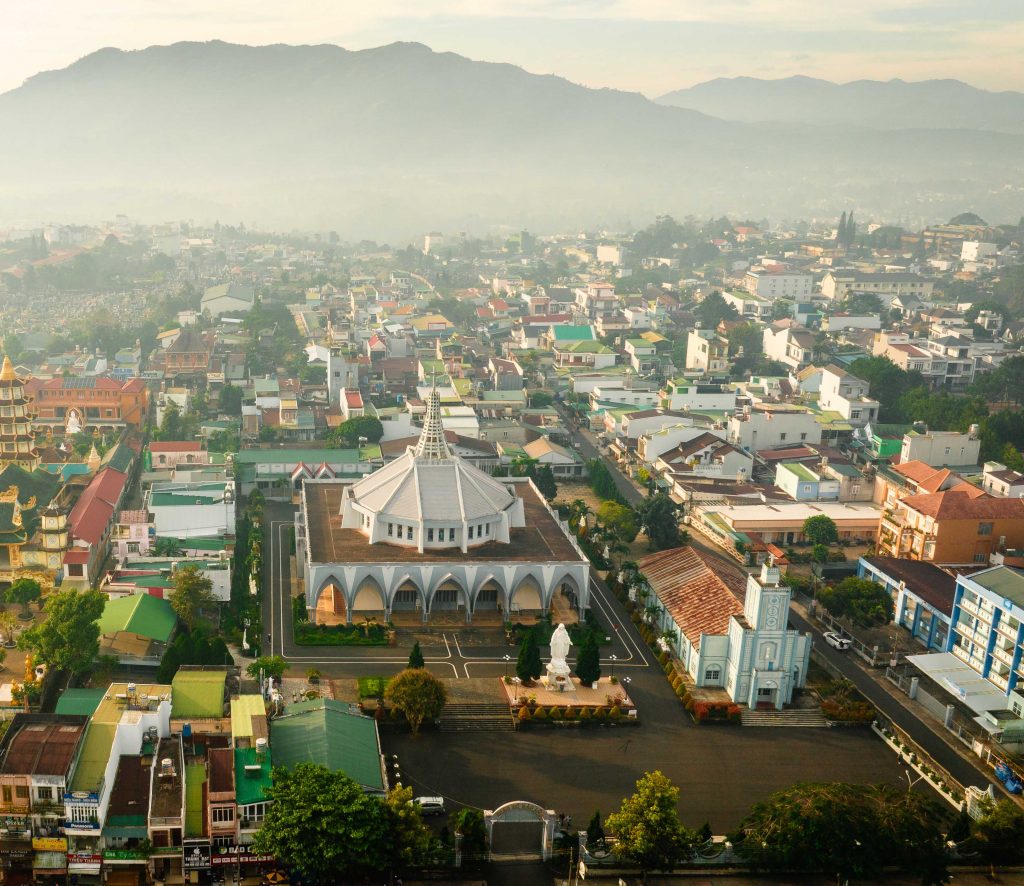Bao Loc is located in a tropical climate zone that varies with altitude, so the climate is mild, suitable for tourism and resort development. The climate and soil in Bao Loc are very favorable for the development of long-term industrial crops.
Bao Loc is located on the traffic route of goods exchange between economic zones in the province and between Lam Dong with the Southeast, the Mekong Delta and especially Ho Chi Minh City. That is a favorable condition for Bao Loc to rapidly develop its commodity economy and quickly receive advances in science and technology.
Unlike Da Lat, Bao Loc is heavily exploited for agriculture and industry. Many farms and plantations were established by French corporations in the 1930s and 1940s to grow tea, coffee, etc. Later, people developed the cultivation of mulberry and fruit trees.
1. Tea tree
Tea trees have a long history in Bao Loc (over 50 years) and have affirmed their absolute superiority despite certain ups and downs due to various factors. Up to now, Bao Loc tea trees continue to develop in terms of area and output. In 1999, Bao Loc had 8,743 hectares of tea with an output of 45,311 tons of fresh tea buds, of which the state-owned sector accounted for nearly 20% of the area and 70% of the processing capacity. In Bao Loc, a highly specialized concentrated production area has been formed, linking raw material production with the processing industry, meeting the tastes of domestic and foreign consumers. Tea trees almost hold a monopoly position in the southern provinces. The tea export market continues to open to the Russian Federation, France, Asia-Pacific, India, Singapore, Hong Kong, Taiwan, Arabia, etc.
2. Coffee
Coffee: Bao Loc has 6,144 hectares of coffee with an output of 8,478 tons of coffee beans, ranking 4th after Di Linh, Lam Ha and Bao Lam. This is a tree with high export value, very suitable for the climate and soil conditions of Bao Loc.
3. Mulberry tree
Mulberry: Bao Loc is a locality with conditions to turn the mulberry industry into an advanced, large-scale, closed economic-technical industry from silkworm raising to silk reeling and silk weaving. Currently, with investment from the Central and local governments, the Vietnam Sericulture Union is the center for attracting technical investment capital, forming a complete industrial system as well as infrastructure. In recent years, due to strong fluctuations in the world market, the mulberry growing area for silkworm raising in Bao Loc has decreased significantly, from 5,820 tons of mulberry leaves in 1995 to 3,483 tons in 1999.
4. Fruit trees
Fruit trees are also very suitable and bring high efficiency thanks to the characteristic of giving off-season products in the southern provinces. These are durian, rambutan, jackfruit, avocado,…
The tea processing industry was formed and developed in Bao Loc since the 30s of the 20th century along with the discovery and exploitation of the Di Linh – Bao Loc plateau by the French. Today, it has become an important economy not only for Bao Loc but also for Lam Dong province and the Southern region. Tea factories: 19-5, 1-5, 26-3, 28-3, Ha Giang, Minh Rong, Green Tea I and II,… have shown the strength of the tea processing industry in Bao Loc. Besides the state-owned factories, there are also hundreds of private processing facilities that have been operating very vigorously.
Reference source: https://lamdong.gov.vn/sites/baoloc/gioithieu/SitePages/dieu-kien-tu-nhien.aspx

